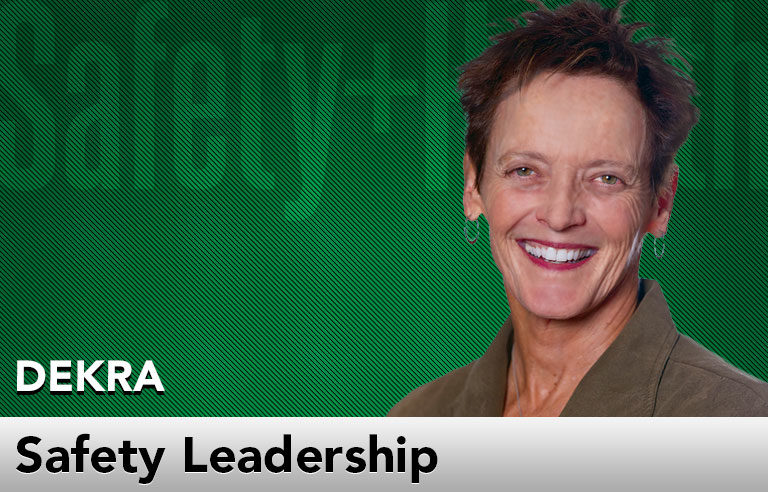Safety Leadership: You never know when you’re gonna fall off a climbing wall

Editor’s Note: Achieving and sustaining an injury-free workplace demands strong leadership. In this monthly column, experts from global consulting firm DEKRA share their point of view on what leaders need to know to guide their organizations to safety excellence.
A simple exercise could have changed the outcome of this story.
Climbing is a safe sport that requires focused attention and the absence of distraction. But so often, the habits we practice over and over create a level of comfort and complacency. Mistakes are human, and most are harmless. But one mistake can be life-changing.
As I lay on the floor, with people all around me and an ambulance on the way, the woman standing over me asked, “Why didn’t you clip in?” What a ridiculous question to ask. I’ve been to the climbing gym hundreds of times. Of course I clipped into the belay (safety) strap. I always clip in. I would never start climbing without being clipped in.

Susan Murphy ascends a rock-climbing wall, just as she did the fateful day that "divided attention" led her to skip one critical step – and fall 30 feet.
But on this particular day, I brought my cellphone to the climbing gym. I was waiting on a call. Just as I was prepared to clip in, a text came through. Not what I had expected. A family matter. Irritated, I set my phone down and began to climb.
It’s called divided attention, a type of cognitive distraction – one of the seven brain-centered hazards. Simply put, for just one brief moment, I was distracted from my routine safety steps. That’s all it took, and I unwittingly skipped one critical step.
Reaching the top of the 30-foot wall, I let go and pushed off. In that flash of an instant, I knew something was wrong. And there’s no going back. No refresh. No delete. No do-over. I fell straight down, fracturing and dislocating both heels. And the safety strap remained attached to the anchor on the floor.
I was distracted. This mistake could easily have cost me my life. I was lucky, very lucky. Two years and eight surgeries later, I can walk again. Every day, I think about the instant in which I let go.
A simple exercise could have changed my story. But I’m not talking about a physical exercise – it’s a thinking exercise called “BE SURE.” It’s one of the strategies used in DEKRA’s approach to making safe decisions and is designed to overcome brain-centered hazards.
- Breathe/Energize
- Set the goal
- Use resources
- Right first time
- Ensure Excellence
The exercise takes less than a minute to complete and helps the user recognize the dangers of distraction, pause to reset from an interruption, recheck steps and verify accuracy. Had I done the exercise, I might have realized that the belay strap was connected to the anchor instead of my harness. But I failed to go through the steps of BE SURE before I started to climb.
I urge you to learn from my mistake. Whether in your daily life, recreation or work, create the habit of awareness. BE SURE. Be safe … because you never know when you’re gonna fall off a climbing wall.
This article represents the views of the author and should not be construed as a National Safety Council endorsement.
 Susan Murphy has a broad range of experience implementing behavioral processes to enhance DEKRA (dekra.us) clients’ organizational culture and safety climate. She often works in union environments and is experienced in uniting management and unions to collectively support safety-driven culture change initiatives.
Susan Murphy has a broad range of experience implementing behavioral processes to enhance DEKRA (dekra.us) clients’ organizational culture and safety climate. She often works in union environments and is experienced in uniting management and unions to collectively support safety-driven culture change initiatives.
Direct to your inbox: Sign up to be notified in email about new "Safety Leadership" columns.
Post a comment to this article
Safety+Health welcomes comments that promote respectful dialogue. Please stay on topic. Comments that contain personal attacks, profanity or abusive language – or those aggressively promoting products or services – will be removed. We reserve the right to determine which comments violate our comment policy. (Anonymous comments are welcome; merely skip the “name” field in the comment box. An email address is required but will not be included with your comment.)

